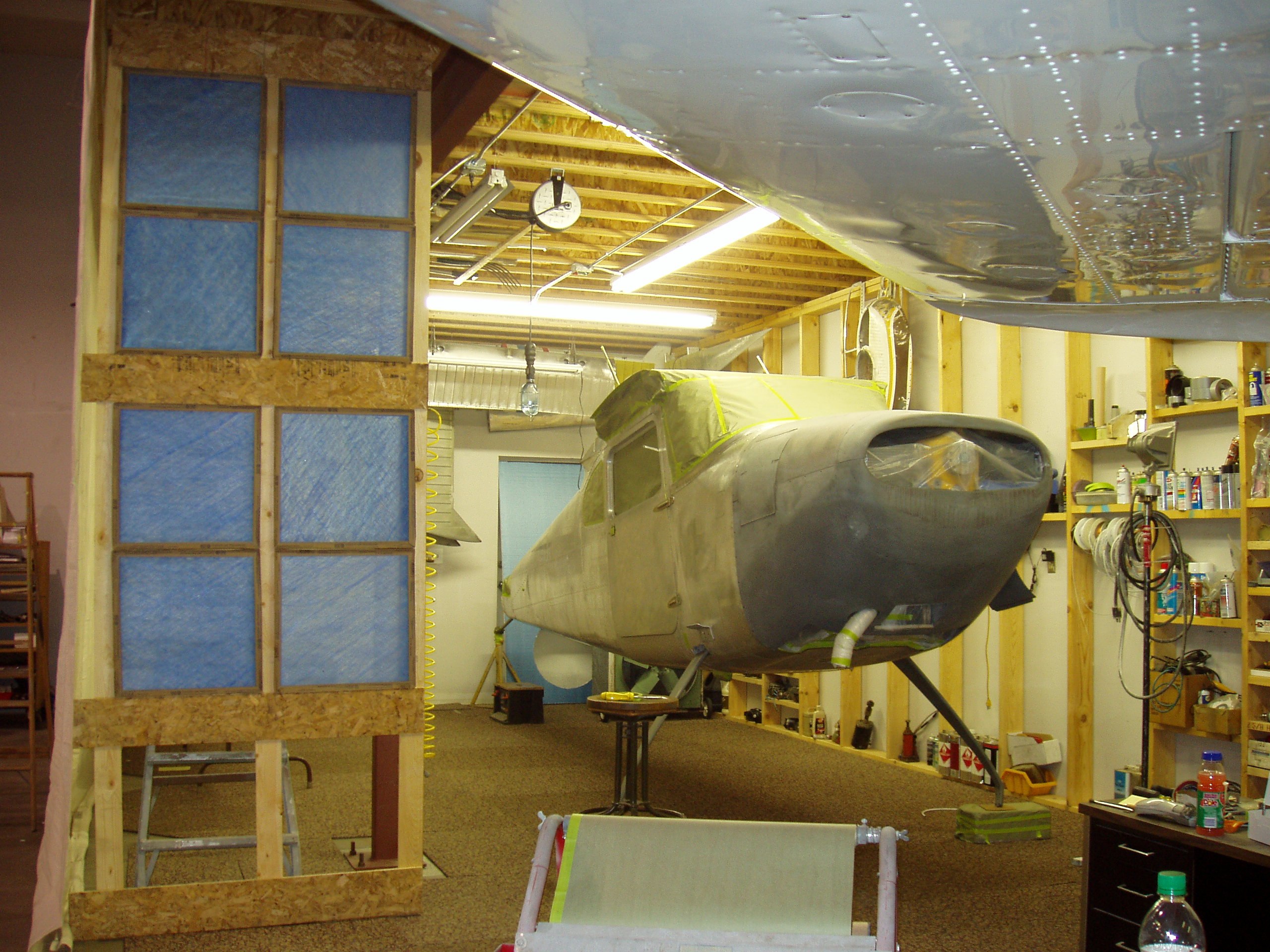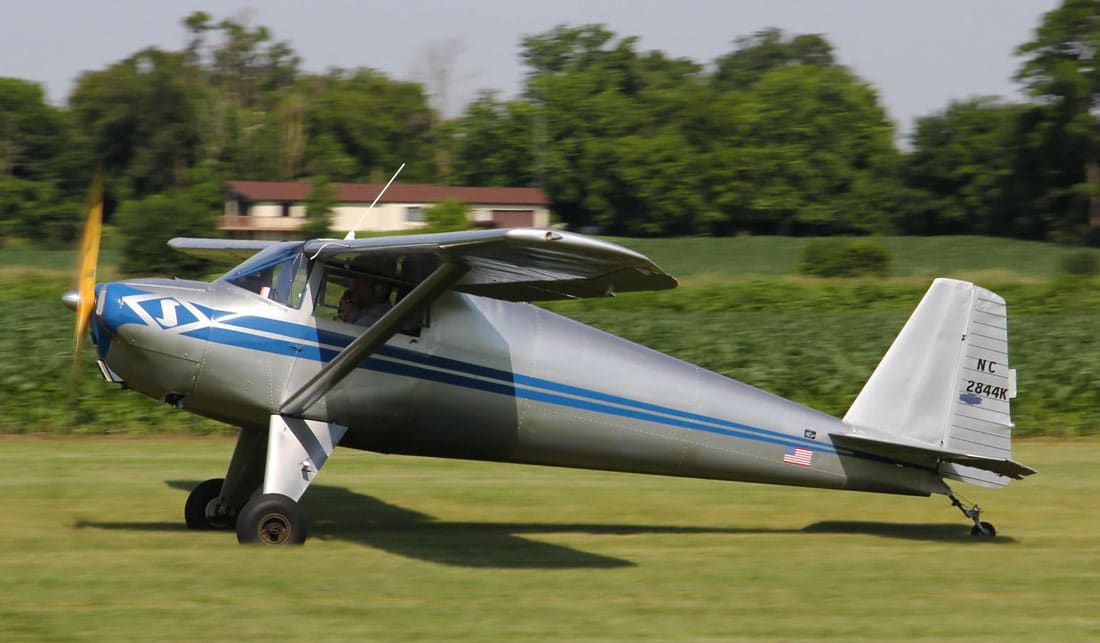At the time, the FAA feels the concern addressed in SAIB CE-17-14 does not warrant an airworthiness directive.
The FAA is advising owners and operators of an airworthiness concern with certain Luscombe aircraft models, specifically the need to start inspecting the main landing gear (MLG) legs in order to detect possible corrosion and correct it.
More Details on SAIB CE-17-14
This Special Airworthiness Information Bulletin (SAIB CE-17-14) applies to the following Luscombe Aircraft:
- Model 8 series
- Model 11A series
- Model 11E series
- Phantom 1 series
The agency notes that Luscombe’s Model 8 series airplanes have a “history of MLG failures due to internal corrosion of the MLG lower legs.” This is because the design on the lower leg allows moisture to accumulate inside the leg just above the axle, making it susceptible to corrosion. With internal surface treatment and regular inspection of the lower legs, the risk of lower gear failure due to corrosion may be mitigated.
Recommendations
The FAA recommends that owners/operators of the affected airplanes follow the inspection procedures provided in the Don Luscombe Aviation History Foundation (DLAHF) Service Recommendation (SR) #4, provided on January 22, 1996. (I’ve done some searching, and I can’t find a copy of SR #4 to link to. If anyone knows where one is or has a copy, please let us know in the comments) The FAA does provide some additional information from the document.
First, SR #4 provides instructions for installing a drain hole in the lower portion of the leg, performing repetitive inspections of the gear legs in order to detect corrosion, and finally to clean and seal the internal surfaces of the gear legs. Steps 2 and 3 in SR #4, which follow the ‘Inspect’ paragraph, provide instructions to “tap the lower leg with a ball peen hammer to free rust flakes and to clean the legs internally with a wire brush before surface protection.”
In addition to the steps provided in SR #4, the FAA recommends the following actions should be performed for rust removal:
- Clean legs internally with a cleansing muriatic acid wash
- Flush with water
- Allow legs to dry completely
- Treat with sealant epoxy paint as specified in Step 3 of DLAHF SR #4
The FAA also recommends the use of an x-ray or ultrasound inspection method on the leg to axle joint as an effective method for detecting internal rust during either the initial or follow-on inspection of the gear leg. The agency also notes that the recommendations above apply to both the conventional style and Silflex style MLG, as well as certain landing gear parts produced by Univair Aircraft Corporation. The landing gear parts can be identified in the following manner:
- The lower legs on the left and right side of the conventional MLG are identified with part number (P/N) 58383 and P/N 58383-1.
- The lower legs on the left and right side of the Silflex MLG are identified with P/N 083119-2.
- Landing gear leg parts produced by Univair with P/N U58383 and P/N U58383-1.
A copy of SAIB CE-17-14 can be found here.
Contact Information
For more information on SAIB CE-17-14, contact FAA Aerospace Engineer Jennifer Tsakoumakis in the Airframe Branch, ANM-120L, FAA, Los Angeles Aircraft Certification Office:
- Address: 3960 Paramount Boulevard, Lakewood, CA 90712-4137
- Phone: (562) 627-5264 / Fax: (562) 627-5210
- Email: jennifer.tsakoumakis@faa.gov
For information related to the service letter, contact The Luscombe Endowment:
- Address: 2487 S. Gilbert Rd. Unit 106, Gilbert, AZ 85295
- Phone: (480) 917-0969 / Fax: (484) 762-6711
- Email: dcombs@luscombe.org
Featured Image: Luscombe Model 8A, courtesy of D. Miller, CC BY 2.0

Tailwheel: Learning to Fly and Restoring a Cessna 180 Skywagon
Learning to fly tailwheel airplanes was an achievement I did not know would affect me as much as it did. I can not adequately describe what it is about conventional gear airplanes that draws me to them. But I love flying them and was always interested in the Cessna 180 Skywagon. Perhaps it’s the nostalgia, reminding me a time gone by. Maybe it’s the challenge [Read More]















Leave a Reply